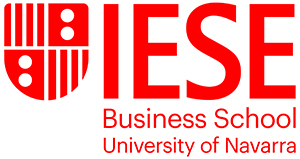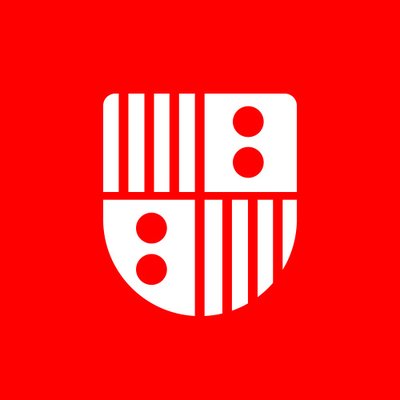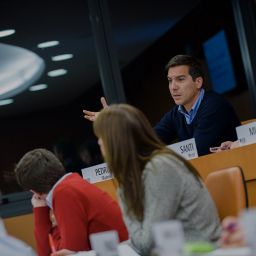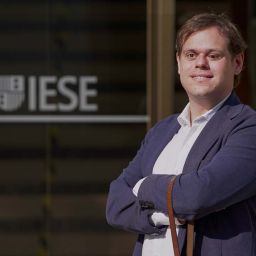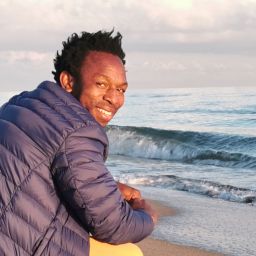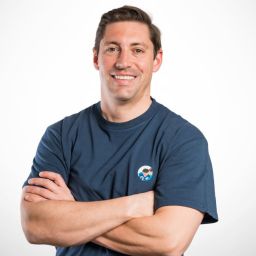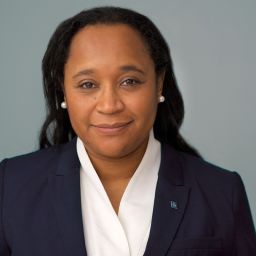Executive MBA and Global Executive MBA programs share much in common: both are designed for forward-thinking professionals and deliver a rigorous MBA curriculum to help you to excel in complex environments. So how are they different and which better adapts to your needs? The following three questions will shed some light
Executive MBA or Global EMBA? 3 questions to consider
1. What is your career profile?
At a business school such as IESE, all MBA programs help students hone their business acumen and gain a holistic vision of general management. But cohorts differ in substantial ways, including average age, years of experience and international reach. Since peer-to-peer exchange and building your network are key to the learning experience, it’s important to make sure your profile meshes with that of your classmates – although diversity of backgrounds also enriches the experience.
In the case of the Executive MBA at IESE, most students have between 5 and 10 years of experience and hold junior to middle-management roles. Typically ranging in age from 29 to 37, they aspire to expand their business and management knowledge, as well as their team leadership abilities.
For its part, Global Executive MBA cohorts represent over 30 nationalities and reflect more senior profiles, with an average age of 39, around 15 years of work experience and a distinctly international orientation. In fact, the program requires students to have lived or worked in at least two countries and/or have significant cross-border responsibilities. In addition to sharpening their business and management acumen, they also aim to bolster their leadership and stakeholder management skills and expand their skillset to thrive in multicultural and global settings.
2. Which program structure better adapts to your life right now?
Everyone juggles a unique set of personal and professional commitments so the program structure is obviously key. That means issues such as where classes are held, what the time commitment is, whether parts are offered online and when in-person presence is required.
IESE’s EMBA, for instance, is offered on four campuses – Barcelona, Madrid, Munich and Sao Paulo – over a 19-month span. Program sessions generally convene on Fridays and Saturdays (every week or every two or three weeks, depending on the venue), in addition to four intensive international weeks. This program structure influences the cohort’s geographic make-up, with most EMBA participants living or working in the same city or region, and in turn impacts the network you will build.
The IESE GEMBA, on the other hand, features a blended structure, combining remote learning and 15 weeks of on-campus immersive learning over a 18-month period. On-campus learning takes place in 6-8 cities (depending on which electives you choose) across four continents. Students hail from all corners of the globe: half of the class is usually based in Europe, a quarter in the Americas and the remainder in countries across Asia, Africa and the Middle East.
3. What are your end goals?
People pursue an MBA degree for a number of reasons: some seek to accelerate their personal and professional growth, others enroll to explore new professional paths, and some as a gateway to senior-level positions in their current organizations. And in other cases, the motivation is more intrinsic: a drive to explore uncharted territory or embark on a journey to see where it will take you. You would do well to ask yourself these questions when deciding on an MBA to ensure it supports your end objectives.
Although the Executive MBA and Global Executive MBA programs share a substantial overlap of academic content, they contrast significantly in terms of their higher-level learning objectives and cohort aspirations. To determine which program best adapts to your needs and goals, we recommend scheduling a meeting with an admissions mentor, who will be more than happy to provide insight on your best path forward.
